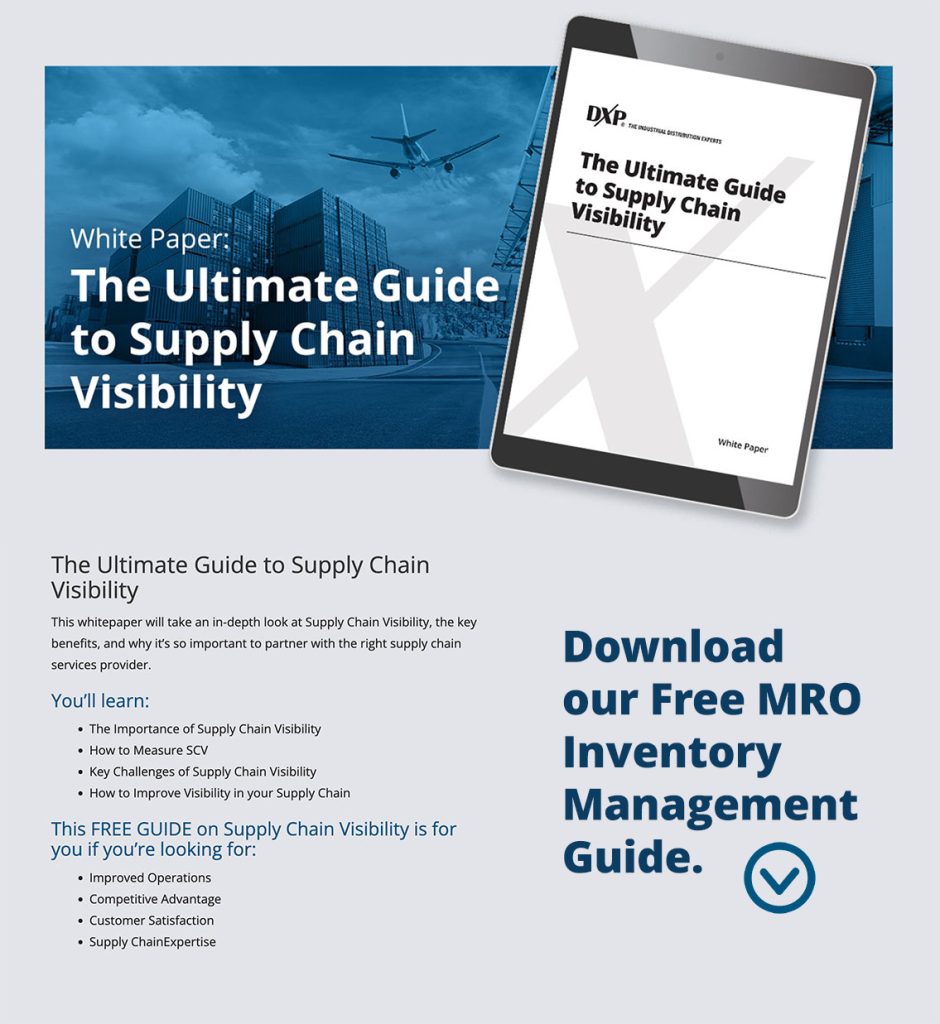
How to Reduce Lead Time in Supply Chain Management
Customer satisfaction and loyalty are closely linked to how fast customers receive an order. Satisfaction can easily be impeded by long lead times. Prolonged lead times can lead to dead stock, lost revenue, and unhappy clients.
Reducing your lead times as much as possible is critical to your business’s success!
What Is Lead Time in Production Management?
Lead time is a common term used in supply chain management that refers to the time it takes to complete a project or process. Production lead time is the amount of time it takes to manufacture and ready inventory for shipping.
Importance of Lead Time in Procurement Cycle
Long lead times can be fatal for your business because they make it difficult for you to clear out stock and order more inventory. The longer you hold inventory, the more likely you’ll run into issues during storage. The shorter your manufacturing lead times, the less risk you’ll possibly face during the production process.
Another common issue is if you run out of the product you need due to long lead times from suppliers. This also affects customer satisfaction and loyalty, damaging your business greatly in the long run. Your company’s resources will also be unproductive, costing you money and revenue.
Common Friction Points in Supply and Manufacturing Lead Time
There are several common, often reoccurring reasons why your lead time may be too long. These may include processing delays, billing issues, lack of communication, disorganized inventory, and much more. If you notice your lead times are running long, it’s best to identify the issue as soon as possible.
6 Lead Time Reduction Methods
These six techniques will help with your lead time improvement efforts.
1. Source Domestically
If your orders are consistently being delayed, it may be time to find a closer supplier. Having your orders fulfilled by a domestic supplier could cut your lead times by weeks – a substantial amount of time not afforded by foreign suppliers. Finding a more efficient route for your operation is one of the biggest ways you can reduce manufacturing lead times.
Another issue often faced when working with foreign suppliers is a cultural or language barrier that could cause friction or miscommunication. This may lead to less efficient processes and extend lead times in the supply chain.
2. Organize Your Warehouse

Keeping your warehouse tidy prevents you from wasting precious time tracking down inventory, thus increasing your lead times. If your warehouse has obsolete stock, consider getting rid of it by bundling products at a discount to assist with lead time in inventory management.
A disorganized warehouse can also be a safety hazard, which potentially jeopardizes the wellbeing of your staff. Prevent this from happening by following a more intuitive layout, properly labeling inventory, and routinely inspecting the building. Making sure your warehouse is properly maintained and following an organized system for storeroom management ensures products get received and shipped on time.
3. Prompt Communication
Keeping an open stream of communication with your supplier ensures that if anything goes wrong, you can respond promptly. Establish your goals and identify solutions with your supplier. Treat it like a partnership so you can mutually benefit – which will result in lead time improvement.
Likewise, internal communication is just as important. Your lead time may be affected by several communication issues within your team. Avoid this by implementing processes that speed up notifications and reminders so there’s less downtime due to a lack of communication.
4. Embrace Automation
Automation is one of the greatest ways you can reduce lead time in the supply chain. Lead times can avoid being delayed by having automation take care of tasks usually done manually, such as placing orders, processing changes, data entry, and much more.
This frees up much confusion and valuable time that’s being tied up into error-prone processes. Over time, you’ll see that lead times are decreased, and your sales have improved!
If you need help learning how to reduce lead time in your supply chain, let DXP assist you with our vendor managed inventory services. Our VMI program can automatically replenish your stock, along with other vendor-managed inventory benefits.
5. Order Less, More Often
Large orders usually take suppliers longer to prepare and ship, which obviously increases your lead time if products are arriving later. Ordering more frequently but in smaller quantities reduces your risk of late shipments.
It also means that product is sitting in your warehouse for shorter amounts of time, so there’s less of a chance of something happening to your inventory while it’s in storage. This method allows suppliers to be more flexible and agile, while you can enjoy faster shipping times and manage your inventory more effectively.
6. Share Forecast Reports
Making sure your supplier is up-to-date on your demand forecast can help prevent stockouts, lead time delays, and more. If your industry has annually, monthly, or even weekly fluctuating demand, forecasting can change very quickly and affect your business’s performance.
Updating your supplier with new developments as they occur can help them better plan your order fulfillment and reduce lead times. If you notify your supplier too late in the process, you could end up with more product than you can sell or experience a stockout and face customer dissatisfaction.
Let DXP Help Optimize Your Supply Chain
DXP has a proven track record of improving our customers’ financial performances thanks to our VMI solutions. Our expert team works closely with you to tailor our program to your unique needs.
Contact us today to find out more information or schedule a demo!

